Cannabis and alcohol are two of the most commonly used substances among teens and young adults. Many young people are seeing these things more often in music, media, and social culture. This makes them curious or feel pressured to try them.
Being high and being drunk may seem like fun, but each has its risks. These risks can seriously affect your health, behavior, and future. Understanding the differences and consequences is a critical step toward making informed, safe decisions.
